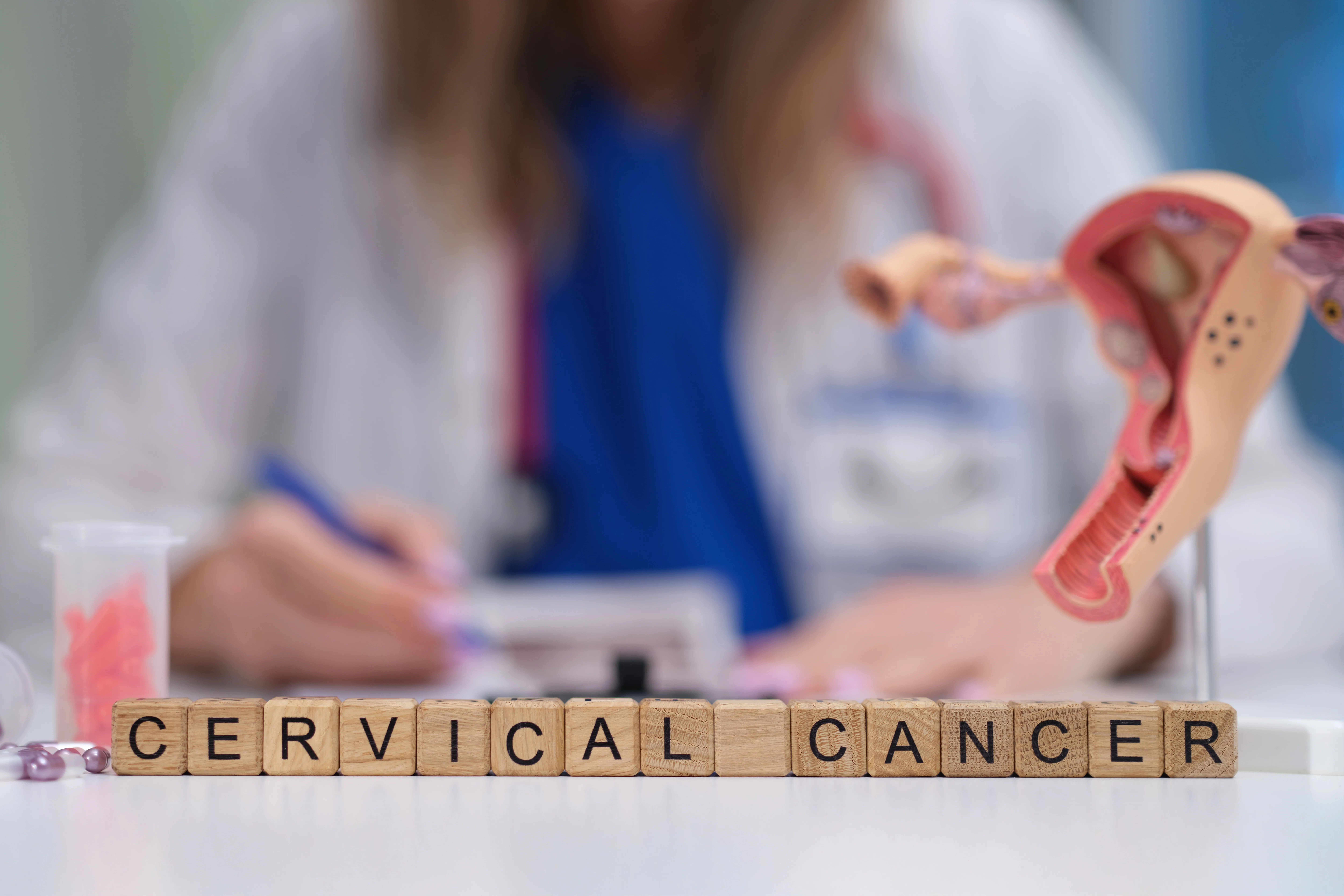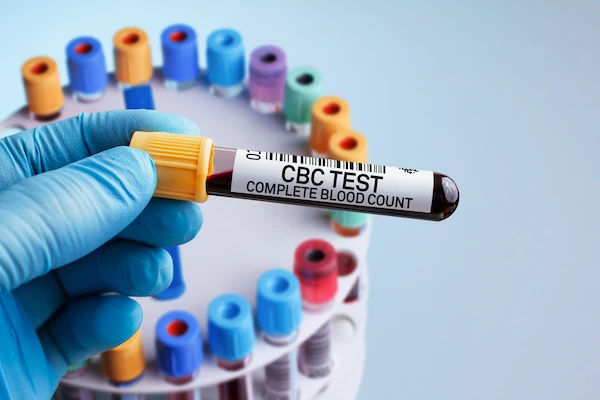Understanding Non-HDL Cholesterol Meaning
know what non-HDL is, why it is important, and natural ways to lower non-HDL more.

Written by Dr. Mohammed Kamran
Reviewed by Dr. Rohinipriyanka Pondugula MBBS
Last updated on 31st Jul, 2025
.webp?tr=q-80,f-webp,w-350,dpr-2,c-at_max 700w)
Introduction
Cholesterol is a word we often hear in discussions about heart health, but not all cholesterol is the same. One important type to understand is non-HDL cholesterol, which plays a significant role in determining your risk of heart disease. If you've recently had a cholesterol test or your doctor has mentioned non-HDL cholesterol, you may wonder what it means and why it matters.
This article will explain non-HDL cholesterol in simple terms—what it is, why it's important, and how you can manage it for a healthier heart.
What Is Non-HDL Cholesterol?
Cholesterol is a waxy, fat-like substance found in your blood. Your body needs some cholesterol to build cells and produce hormones, but too much of the wrong kind can lead to health problems.
Non-HDL cholesterol is a measure of all the "bad" cholesterol in your blood, including:
LDL (Low-Density Lipoprotein) cholesterol – Often called "bad" cholesterol because it can build up in arteries, leading to blockages.
VLDL (Very Low-Density Lipoprotein) cholesterol – Carries triglycerides (another type of fat) and contributes to artery clogging.
IDL (Intermediate-Density Lipoprotein) cholesterol – A less common type that also increases heart disease risk.
Unlike HDL (High-Density Lipoprotein or "good" cholesterol), which helps remove excess cholesterol from your bloodstream, Non-HDL cholesterol represents the harmful types that can increase your risk of heart disease and stroke.
Consult a Top general practitioner for the best advice
Why Is Non-HDL Cholesterol Important?
Doctors often focus on non-HDL cholesterol because it gives a more complete picture of your heart disease risk than LDL cholesterol alone. Since it includes all the harmful cholesterol types, it’s considered a stronger predictor of cardiovascular problems.
Healthy vs. High Non-HDL Cholesterol Levels
| Category | Non-HDL Cholesterol Level (mg/dL) |
| Optimal | Less than 130 |
| Borderline High | 130 - 159 |
| High | 160 - 189 |
| Very High | 190 or above |
If your non-HDL cholesterol is high, it means you have too much harmful cholesterol in your blood, increasing the risk of:
Plaque buildup in arteries (atherosclerosis)
Heart attacks
Strokes
Peripheral artery disease
What Causes High Non-HDL Cholesterol?
Several factors can contribute to high non-HDL cholesterol, including:
1. Unhealthy Diet
Eating too much saturated fat (found in red meat, full-fat dairy, fried foods) and trans fats (in processed snacks, baked goods) raises bad cholesterol.
2. Lack of Exercise
Physical inactivity lowers HDL (good cholesterol) and increases LDL and VLDL.
3. Obesity
Excess weight, especially around the waist, is linked to higher non-HDL cholesterol.
4. Genetics (Family History)
Some people inherit genes that cause high cholesterol, known as familial hypercholesterolemia.
5. Medical Conditions
Diabetes
Hypothyroidism (underactive thyroid)
Kidney disease
6. Smoking & Excessive Alcohol
Both can negatively affect cholesterol levels.
How to Lower Non-HDL Cholesterol Naturally
The lifestyle changes can significantly improve your non-HDL cholesterol levels. Here’s what you can do:
1. Eat a Heart-Healthy Diet
Choose healthy fats: Avocados, nuts, olive oil, and fatty fish (like salmon).
Increase fibre: Oats, beans, fruits, and vegetables help lower LDL.
Avoid trans fats & limit saturated fats: Cut back on fried foods, processed snacks, and fatty meats.
2. Exercise Regularly
Aim for at least 150 minutes of moderate exercise (like brisk walking, cycling) per week.
3. Maintain a Healthy Weight
Losing even 5-10% of body weight can improve cholesterol levels.
4. Quit Smoking & Limit Alcohol
Smoking lowers HDL and damages blood vessels. Alcohol in excess raises triglycerides.
5. Manage Stress
Chronic stress can contribute to high cholesterol—try yoga, meditation, or deep breathing.
6. Get Regular Check-ups
If lifestyle changes aren’t enough, your doctor may recommend medications like statins.
When to See a Doctor?
If you have:
A family history of high cholesterol or heart disease
Diabetes or high blood pressure
A sedentary lifestyle or poor diet
Unexplained chest pain or fatigue
Final Thoughts
Non-HDL cholesterol is a key indicator of heart disease risk, and keeping it under control is crucial for long-term health. By making simple lifestyle changes eating better, staying active, and avoiding smoking. You can significantly lower your risk.
Consult a Top general practitioner for the best advice
Consult a Top general practitioner for the best advice

Dr Syed Mateen Pasha
General Physician
2 Years • MBBS
Bengaluru
PRESTIGE SHANTHINIKETAN - SOCIETY CLINIC, Bengaluru

Dr. Syed Ismail Ali
General Practitioner
7 Years • MBBS
Hyderabad
Apollo 24|7 Clinic, Hyderabad

Dr. Avinash Pasuparthy
General Practitioner
5 Years • MBBS
Visakhapatnam
Apollo Clinic Vizag, Visakhapatnam

Dr. Pankaj Tripathi
General Practitioner
20 Years • MBBS, MD Pathology
Lucknow
Best Diabetologist Clinic, Lucknow

Dr. Ritesh Motghare
General Practitioner
18 Years • MBBS PGCDM
Nagpur
HEALTH CENTRE VNIT NAGPUR, Nagpur

.webp)


